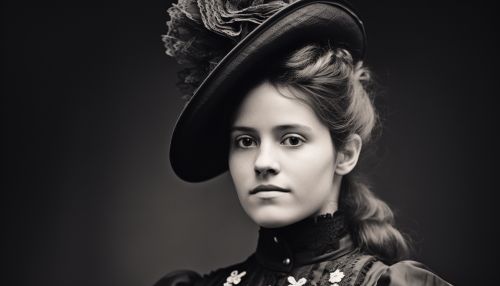Emily Warren Roebling
Early Life and Education
Emily Warren Roebling was born on September 23, 1843, in Cold Spring, New York, to a politically active family. Her father, Sylvanus Warren, was a state assemblyman, and her mother, Phebe Warren, was a women's rights activist. Emily was the second youngest of twelve children.
She received her early education from private tutors and later attended the Georgetown Visitation Preparatory School, a prestigious all-girls institution in Washington, D.C. Emily was an exceptional student, demonstrating a keen interest in mathematics and the sciences, subjects which were not typically studied by women during the mid-19th century.


Marriage and Family
In 1864, Emily married Washington Roebling, the son of John A. Roebling, the designer of the Brooklyn Bridge. The couple had one son, John A. Roebling II.
Role in the Construction of the Brooklyn Bridge
Following her husband's incapacitation due to caisson disease (also known as "the bends"), Emily stepped in to manage the construction of the Brooklyn Bridge. She acted as a liaison between her husband, who was bedridden, and the onsite engineers and workers. Emily's role was not merely clerical; she gained a comprehensive understanding of the technical aspects of the project, including strength of materials, stress analysis, and cable construction.
Later Life and Legacy
After the completion of the Brooklyn Bridge in 1883, Emily continued to be active in social and civic life. She was a member of numerous organizations, including the Daughters of the American Revolution and the Colonial Dames of America. Emily also pursued an interest in law, attending classes at the Woman's Law Class at New York University.
Emily Warren Roebling died on February 28, 1903. Her contributions to the construction of the Brooklyn Bridge were recognized posthumously, and she is now considered a pioneer in the field of civil engineering.
